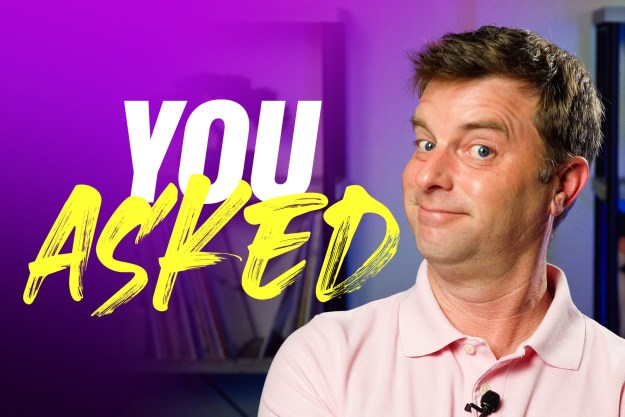
As reported by Twice, the DLNA’s new system is currently in the works, and it’s getting some major attention from big players in the industry, including cable giants Comcast, Time Warner, and Cox, as well as Sony, Samsung, and Broadcom, which assisted with development. The three cable providers have reportedly said they will offer Vidipath-equipped set-top boxes in the near future that will serve as the hub of your wireless cable setup.
The VidiPath protocol is designed to allow for the broadcast of a cable stream over Wi-Fi to make everything from your cable provider, including programming and even channel guide data, available to watch on VidiPath-equipped devices such as “TVs, smartphones, tablets, game consoles, and more.” The system aims to eliminate the need for all those coax cables running through your walls, and make paying monthly rent for extra cable boxes a thing of the past.
It’s a pretty enticing concept: Everyone in the house watching a personal HD stream on any device, all delivered from a single transmission box.
Which products will incorporate VidiPath remains to be seen. Apple, for instance, snubs DLNA’s existing network streaming protocol in favor of its own (extremely stable) version, AirPlay. And you can bet Apple likely won’t be lining up to get certified for VidiPath, either.
We spoke with DLNA’s Donna Moore to find out more about the system, including what kind of devices will get VidiPath certification from DLNA, and when we can expect to see them. After beginning a certification program in September that includes “rigorous interoperability testing,” Moore told us the first approved VidiPath devices will begin hitting the market as early as the second quarter of this year.
As you might imagine, the transition will be a gradual one, as current DLNA devices won’t have all the features necessary to receive or transmit VidiPath. That means you’ll have to replace your current devices if you want to use a VidiPath system. But the changeover may not be as painful as you’d think. As Moore explains, that transition happens “surprisingly” faster than expected. Most users naturally replace their smartphones every two years, on average, and in the 7-8 years or so since the original DLNA protocol was introduced, there have been over 4 billion DLNA equipped devices put into the marketplace.
And although TVs have a much longer shelf life than smartphones, that’s where streaming boxes, consoles, and “other” devices come in. While Moore wouldn’t disclose which manufacturers are working on what, she did mention that making a TV VidiPath compatible could be as easy (and presumably as affordable) as purchasing a streaming stick similar to a Chromecast, Roku Stick, or Amazon Fire TV streaming stick, which DLNA has seen in development.
In addition, Moore told us “there are (game) consoles that I know of that will be VidiPath certified as well.” With Sony in the mix, it’s not a stretch to assume the PS4 could incorporate the technology. And DLNA Marketing Manager Katie Gengler also hinted that TV manufacturers are looking into firmware updates that could potentially make some existing smart TVs compatible with VidiPath. While we’re still waiting for the VidiPath veil to be lifted, it appears the protocol will hit the ground running once it premieres in the next few months.
In the midst of the streaming revolution, in which online video consumption is set to eclipse traditional pay-TV this year, and cable companies make headlines on the regular for their awful customer service, VidiPath could help to breathe some essential vitality into the aging status quo. No apps, no wires, no extra cable boxes, just a steady stream of HD programming beamed throughout the home. Whether you’re a cable stalwart, or a cord-cutter, that proposition is pretty intriguing.


